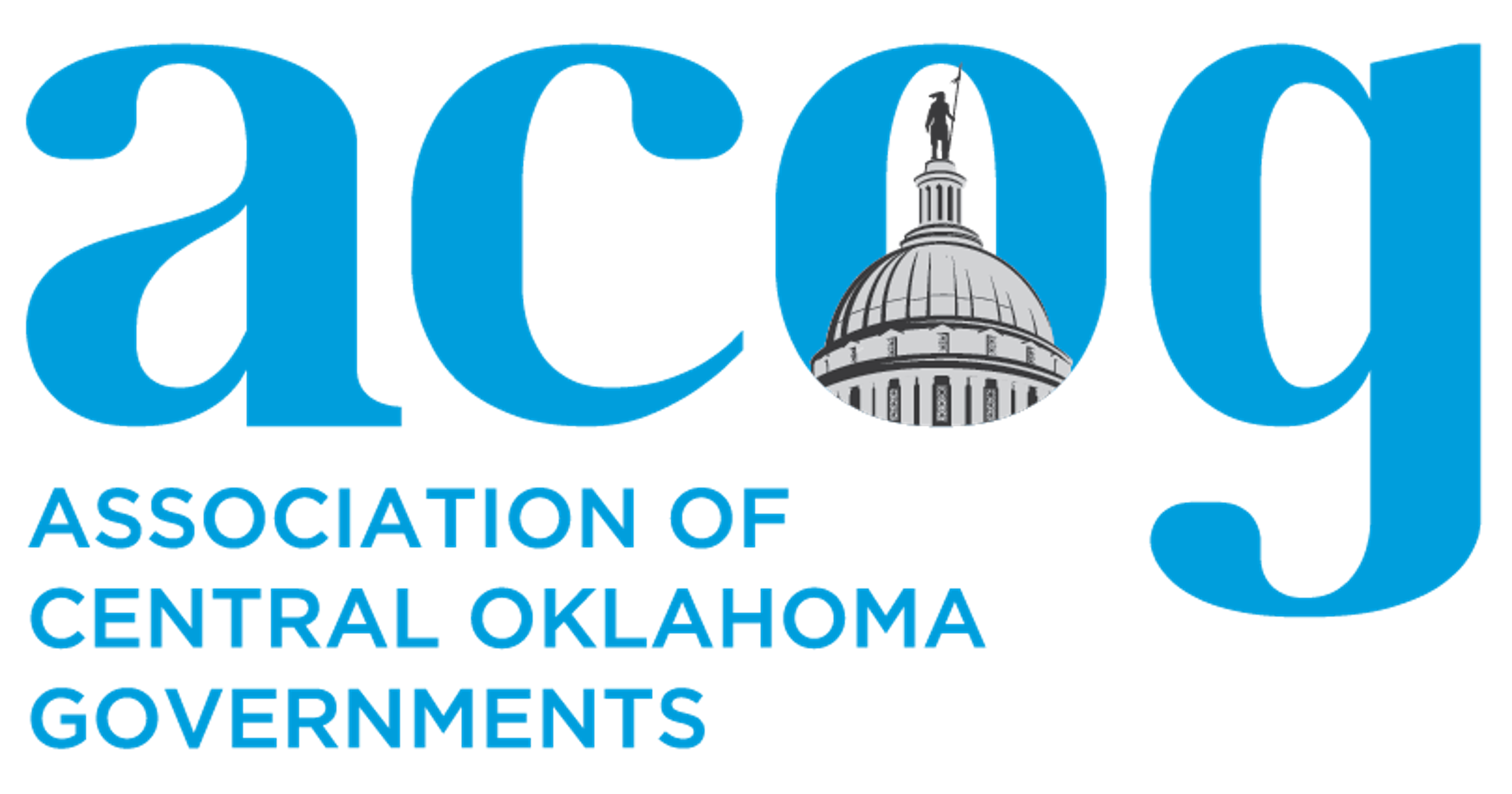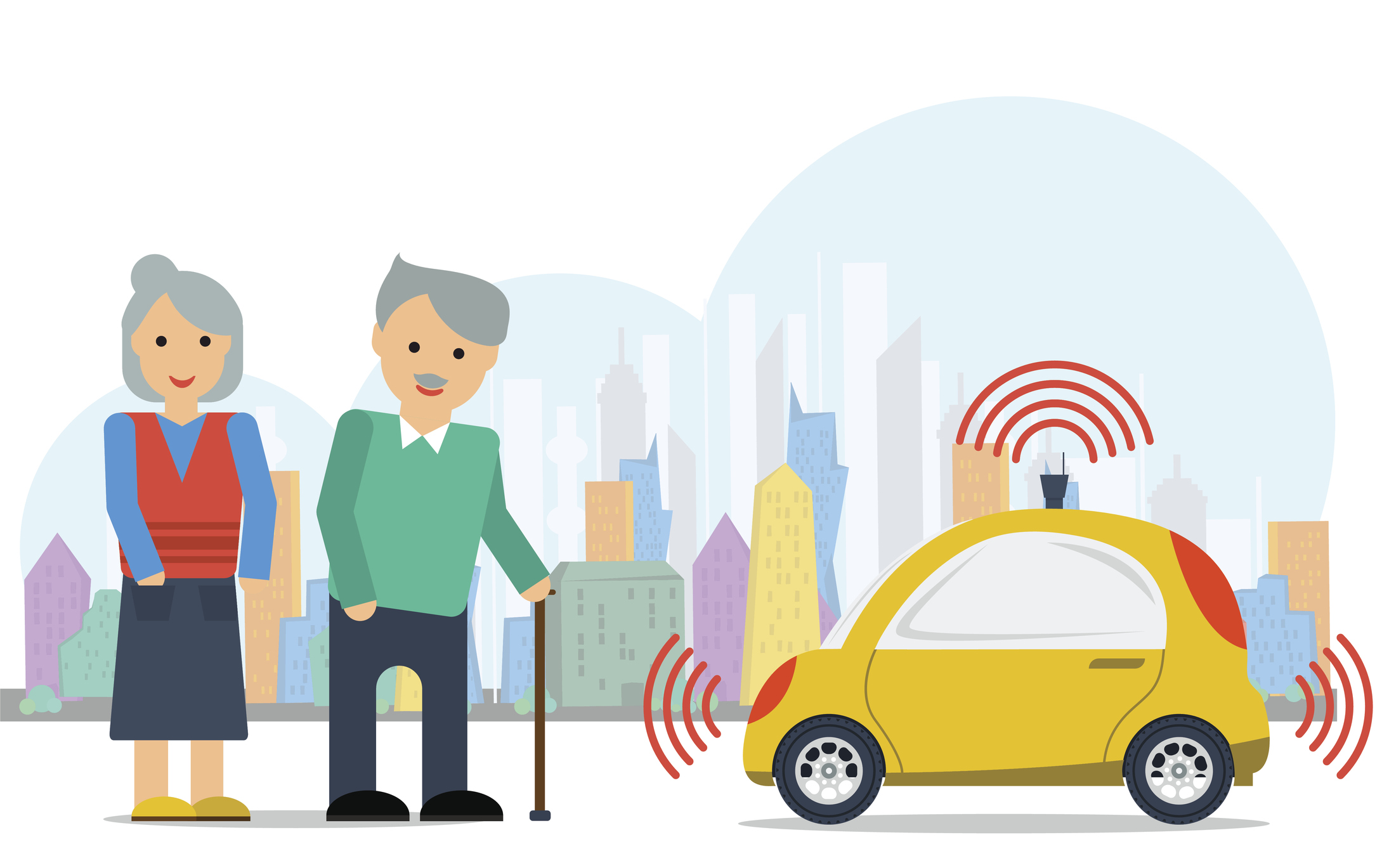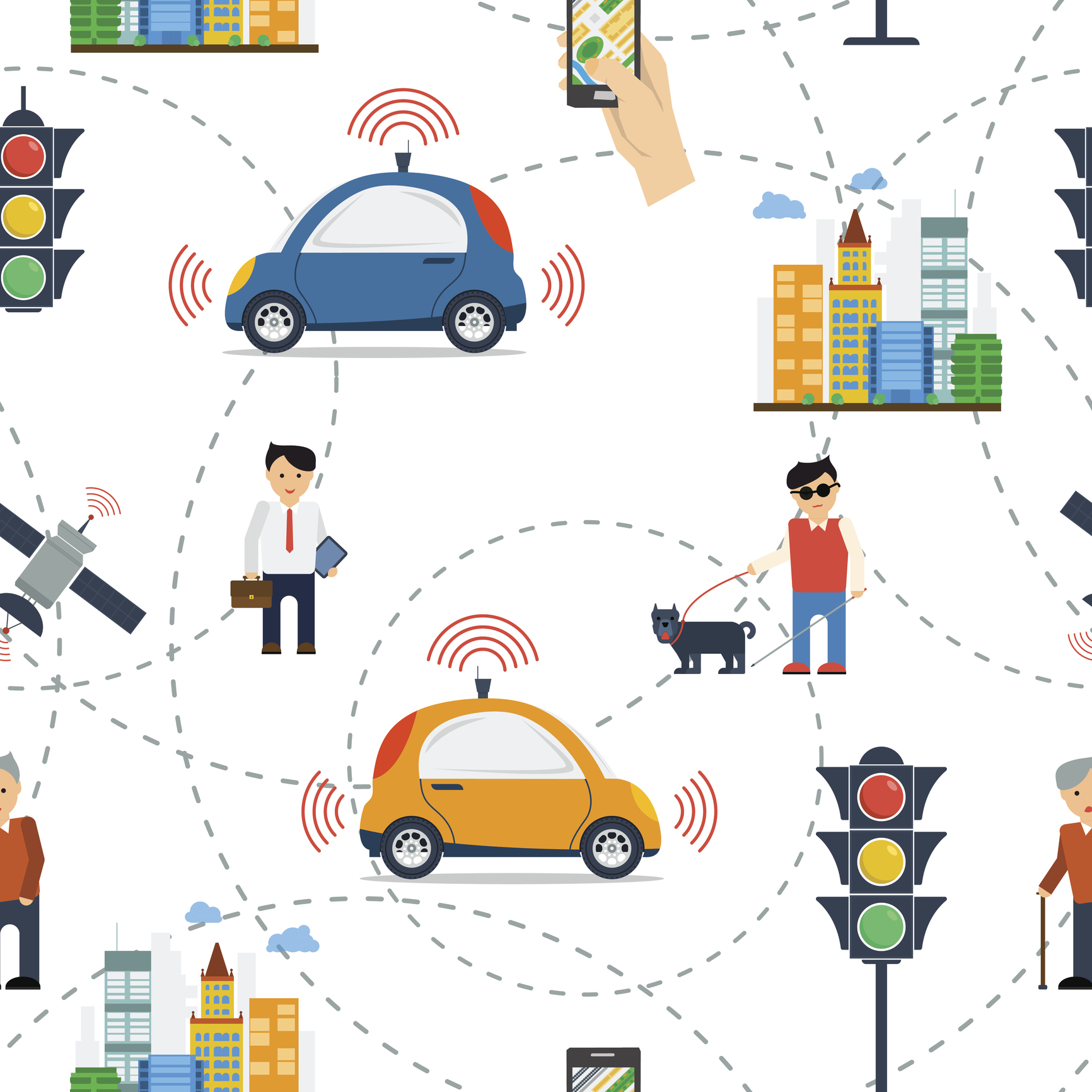by Matthew McClure, Clean Cities Intern
In early December, the Association of Central Oklahoma Governments sponsored a workshop on driverless cars and connected and autonomous vehicles (C/AVs) in an effort to inform members and stakeholders about this coming revolutionary technology. Representatives from Cambridge Systematics, Ryan Klitzsch and Sam Van Heck, conducted the workshop and provided attendees with a better understanding of how driverless cars and C/AVs will impact Oklahoma agencies, municipalities and business, etc.
Self-driving autonomous vehicles are expected to be one of the most significant, radical, and influential advancements in automotive technology in history. It is generally understood that autonomous vehicles will also be connected vehicles. Connected vehicles are vehicles that communicate with other vehicles or transportation infrastructure via Internet access or wireless local area network. Autonomous vehicles control some or all aspects of the car’s mobility functionality. There are levels of automation, five to be exact – Level 1 being basic driver assistance (i.e. cruise control) and Level 5 being fully autonomous (i.e. no steering wheel and no manual override). Level 3 vehicles and above are considered highly-automated.
Here are the top 10 take-aways from ACOG’s Connected & Autonomous Vehicles Workshop:
Don’t Be Skeptical
Experts from Cambridge Systematics caution that it is unwise to be skeptical about the adoption of C/AVs. They are an “extremely strong industry trend.” Billions of dollars have been invested into C/AV technology and auto manufacturers are making big promises about C/AV technology deployment. It is wiser to be skeptical about the severity of impacts of C/AVs. The public still needs time to adjust to the technology. For example, according to a new AAA survey, only one in four U. S. drivers would trust an autonomous vehicle to drive itself with them in it.
Never Stop Learning
Technology does not stop evolving. As with other driving behavior changes that improve public safety such as seatbelt usage, texting bans and drunk driving, the public will have to learn new behaviors related to C/AV technologies. Safe integration of C/AVs onto roadways requires constant monitoring and evolution of policy and practice to keep up with the technology.
Self-Driving Cars and Poor Driver Behaviors: A Match Made In Heaven
C/AVs will ideally limit poor driving behaviors and improve transportation safety. In addition, fully autonomous vehicles can reduce dangers of distracted driving. Some estimate they will reduce crashes by 80 percent by 2040.
Data Revolution in Transportation
Connected and Autonomous Vehicles will create a data revolution in transportation, and dramatically change the way roadways look and communicate. They will never again look the same. Consider the following:
- Smart streets create lower incidents of conflict by increasing traveler information
- Today’s crash data tells us when and where accidents occur
- In the future, we will know what happened BEFORE the accident as well
- Increased parental monitoring of teen drivers
- Hope for improved congestion mitigation
- Accurate, real-time information to first responders
- Notification of hazardous road conditions
- Planning – roadside infrastructure improvements based on data from vehicles
Plan Now
The time to talk about self-driving car policies is now. Policy issues include new training for drivers and safety planning. One major issues is crash report reform, which includes:
- Better identification of causes of crashes
- Infrastructure and behavioral safety specialists will need to plan differently
- Crash reductions could dramatically reduce need for safety infrastructure
In addition, a broader range of “futures” will have to be considered such as whether vehicle miles traveled will increase or decrease. Also, technology is currently far ahead of policy. For example, cell phones technology on the road has just recently been addressed by policy-makers with the growing trend of distracted driving (driving-while-texting) laws. Policy measures for C/AVs should be developed and implemented now to decrease the lag and growing pains between tech and policy.
It Won’t Happen Overnight
C/AVs will not take over America’s roads overnight. Deployment will occur in four phases:
- Existing Technology – Research & Development
- Initial Deployment
- Mixed fleet
- High penetration rate
EVs Tied To C/AVs
Electric vehicles and C/AVs are closely tied together. In fact, General Motors believes that all autonomous vehicles must be electric vehicles. Part of the C/AV infrastructure is also EV infrastructure including EV charging.
Privacy and Cyber-Security
There are unique privacy and cyber-security concerns with C/AVs. For example, there could be a potential for malicious viruses to spread between cars. Manufacturers and transportation agencies will need to work proactively to mitigate these threats.
Private Sector Altered
The private-sector landscape will likely be drastically altered by C/AV technology. For example, the simplicity of today’s insurance market will have to adapt, and auto manufacturers could potentially become insurance providers. In addition, car ownership will likely decline while ride-sharing models will become increasingly more prevalent. The global taxi company, Uber, just ordered 24,000 Volvos to be retrofitted as autonomous vehicles.
The following are suggested next steps for agencies and organizations preparing Oklahoma for these technologies
- Preform audit to identify barriers/obstacles that will impede progress/adoption of C/AV technology
- Avoid creating additional barriers in implementing C/AV policies
- Collaborate to maximize efficient implementation of C/AV practices and policies
- Prevent miscommunications and redundancy in planning effort
ACOG staff will continue to monitor development of these technologies and will work to keep our members and other stakeholder groups updated through the ACOG newsletter, website, and social media.
Staff Contacts
Eric Pollard
Clean Cities Manager
Transportation and Planning Services
(405) 234-2264


